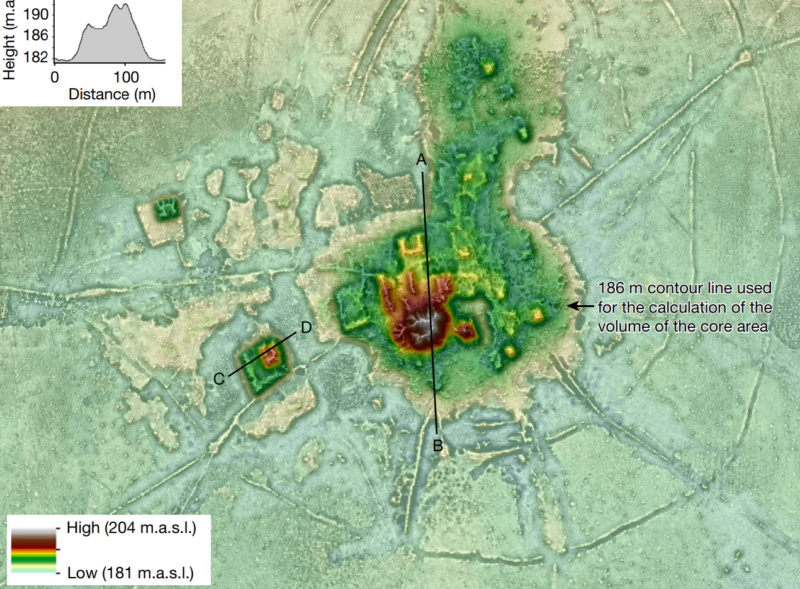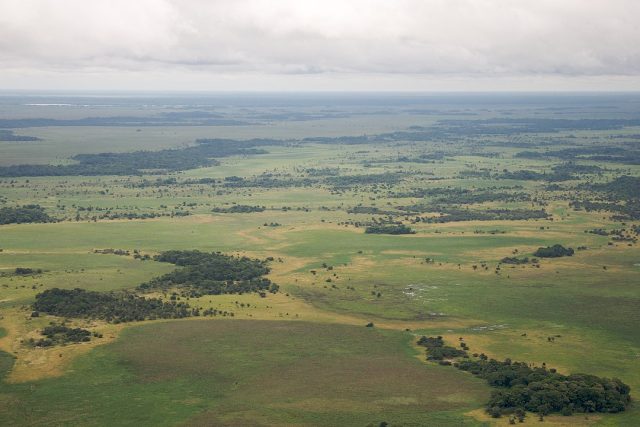
An airborne lidar survey recently revealed the long-hidden ruins of 11 pre-Columbian Indigenous towns in what is now northern Bolivia. The survey also revealed previously unseen details of defensive walls and complex ceremonial buildings at 17 other settlements in the area, built by a culture about which archaeologists still know very little: the Casarabe.
In the last few years, lidar—which uses infrared beams to see what lies beneath dense foliage—has helped archaeologists map a long-hidden, long-forgotten landscape of towns, fortresses, causeways, canals, terraced fields, and ceremonial sites left behind by the Maya and Olmec civilizations across a huge swath of modern Belize, Guatemala, and Mexico. Those cultures are fairly well-known to archaeologists and historians, but lidar surveys have still revealed some huge surprises. And we know far less about the Casarabe culture, as it hasn’t been the subject of as many surveys and excavations as bigger, more famous civilizations like the Maya.
But a recent lidar survey, led by Heiko Prümers of the German Archaeological Institute, shed more light (infrared, specifically) on the Casarabe culture’s network of towns and cities, linked by hundreds of kilometers of causeways and canals. The survey also revealed a thriving urban culture in an area where historians once assumed very few people lived before Spanish colonization.
A nearly forgotten culture
Previous surveys in the Llanos de Mojos, a region of northern Bolivia, had spotted the ruins of several hundred pre-Columbian monuments scattered across about 4,500 square kilometers of the plains—an area centered on the modern Bolivian town of Casarabe. Archaeologists don’t know what the people who built those earthen mounds and pyramids called themselves, so they called the culture Casarabe, after the nearby town.
Based on radiocarbon dating at a few sites, we know that the Casarabe culture had taken off by around 500 CE. And we know that by the time Europeans arrived more than a thousand years later, the Casarabe were part of a diverse patchwork of ethnic groups who lived on the Llanos de Mojos. Many of those groups spoke different languages, and modern linguists say that’s probably because some of the groups in the Llanos had lived there for a very long time (the oldest sites on the plains date to at least 8000 BCE). Sometime in the past, other groups had moved south from what’s now Brazil; those groups brought Arawak languages and cassava farming with them. Still, other groups may have arrived just a few generations before the Spaniards.
Most of those different ethnic groups had some basic things in common, despite their differences in language: They farmed for a living (mostly maize and cassava), and they transformed the often swampy, flood-prone Llanos with earthen causeways, canals, and “forest islands” that rose above the surrounding wetlands. They built huge ceremonial mounds in a variety of shapes, and they surrounded their communities with fortifications of wooden palisades, earthen banks, and moats.

The Casarabe people lived in what’s probably the best farming land on the Llanos because it’s better drained and has generally more fertile soil than other areas of the plains. And there, they built a complex network of cities and towns linked by nearly a thousand kilometers of causeways and canals. Prümers’ recent survey uncovered the fortifications and the ceremonial districts of the Casarabe’s two largest cities, and it also revealed 11 smaller communities with ruins that have been hidden beneath foliage for centuries.
reader comments
60